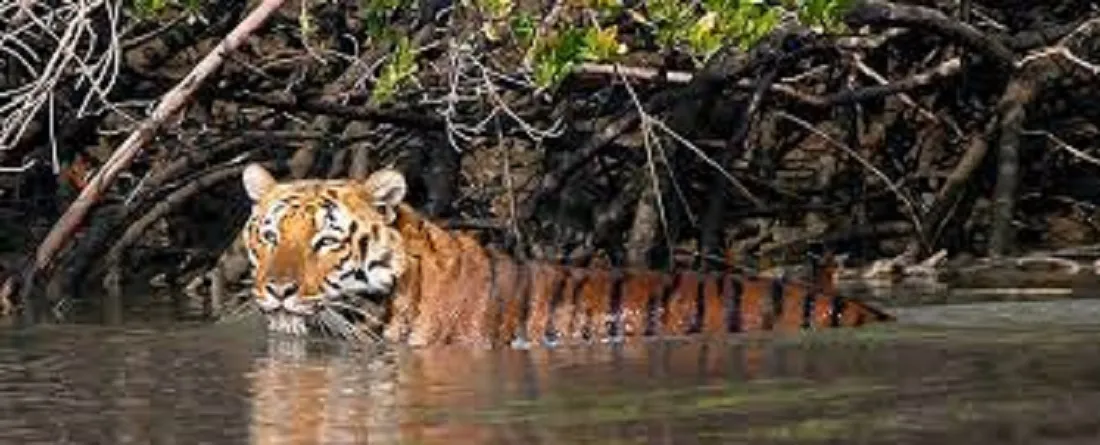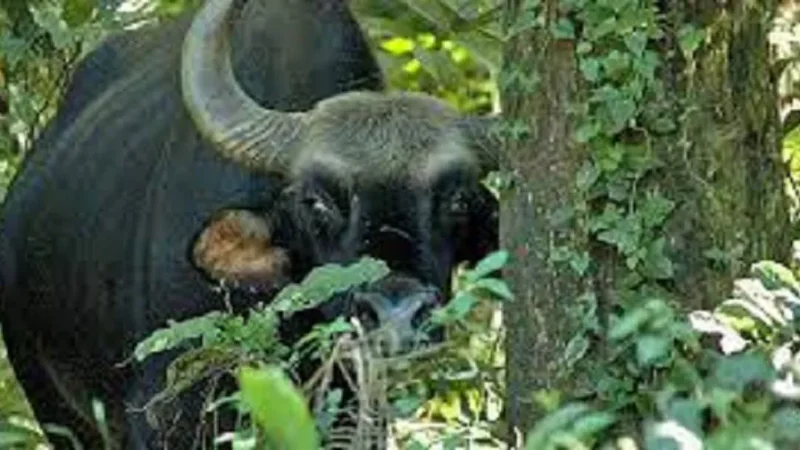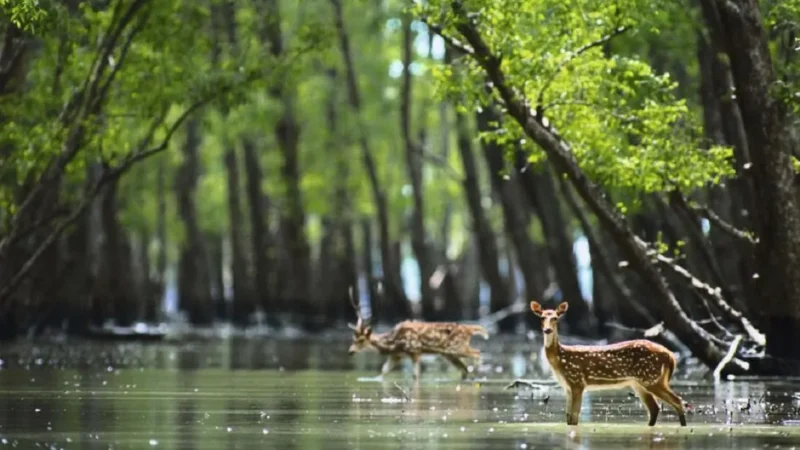Exploring Sundarban National Park: Entry Fees and Permits

Sundarban National Park Entry Fee-
Sundarbans National Park is a UNESCO World Heritage Site located in the delta of the Ganges, Brahmaputra, and Meghna rivers in the Indian state of West Bengal and the country of Bangladesh. The park is home to various flora and fauna, including the iconic Bengal tiger, making it a popular destination for nature lovers and wildlife enthusiasts.
To enter the Sundarbans National Park, visitors must pay an entry fee. The fee varies depending on the visitor’s nationality and whether they are entering the park by boat or foot. Here is a breakdown of the entry fees for Sundarbans National Park:
- Indian Nationals:
- By boat: INR 60 per person
- By foot: INR 20 per person
- SAARC Nationals:
- By boat: INR 200 per person
- By foot: INR 100 per person
- Foreign Nationals:
- By boat: INR 500 per person
- By foot: INR 250 per person
It is important to note that these fees are subject to change, and visitors should confirm the current entry fees before planning their trip to the Sundarbans National Park.
Visitors can purchase entry tickets at the park entrance or through authorized vendors. To enter the park, they must carry a valid photo ID proof, such as a passport or driver’s license.
In addition to the entry fee, visitors may need to pay additional fees for services such as camera permits and boat rentals. Camera permits are required for all still and video cameras, and fees vary depending on the type of camera and the duration of the visit. Boat rentals can also be arranged through authorized vendors, and prices vary depending on the size and type of boat.
It is important to note that the entry fee and additional fees do not cover the cost of accommodations or food. Visitors are responsible for arranging accommodations and meals through authorized vendors within the park or in nearby towns.
Overall, the entry fee for Sundarbans National Park is a small price to pay for the incredible experience of exploring one of the world’s most unique and biodiverse ecosystems.






